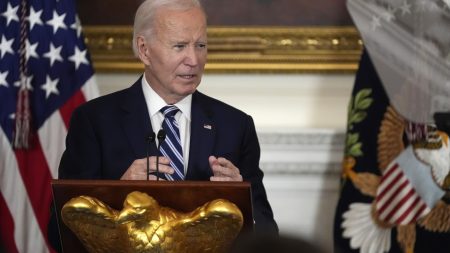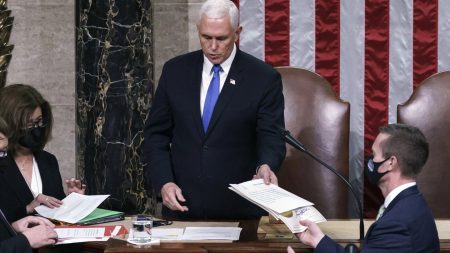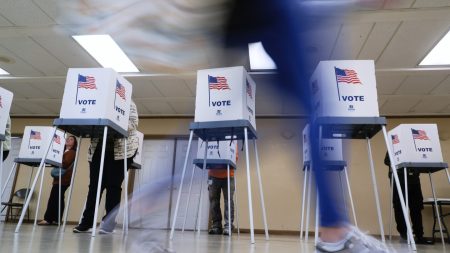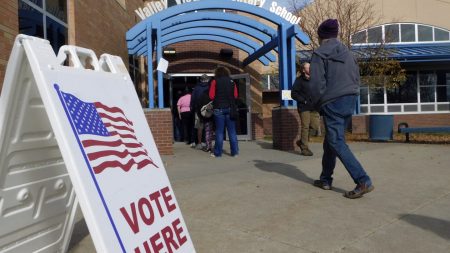In a recent U.S. House race in California’s 16th District, a surprising outcome has emerged with a tie for second place between two Democratic candidates, Evan Low and Joe Simitian, after more than 180,000 votes were cast. This scenario is incredibly rare and may require a third candidate to be added to the November ballot, making it a first for a House race in the state. The top spot was secured by former San Jose mayor Sam Liccardo, who is also a Democrat. The primary election, which took place on March 5, featured eleven candidates, and the top two with the most votes advance to the general election, regardless of political party affiliation.
Secretary of State Shirley Weber has until April 12 to certify the results, and with the potential of three Democrats moving on to November, the outcome will not impact the balance of power in the House, which is being contested in swing districts across the country. The tie between Low and Simitian has fluctuated in recent days before settling at an exact match of 30,249 votes each, prompting lighthearted reactions from the candidates, such as Low joking about it being a special “Tie” day. The slow vote counting process in California has been highlighted by this race, with the final outcome remaining uncertain weeks after the election. A recount could be requested, but the significant cost, likely exceeding $300,000, makes it unlikely for any of the campaigns to pursue.
The possibility of a three-way contest in November, with a different electorate participating, could significantly alter the dynamics of the race, providing a reset for the candidates. Political analyst Paul Mitchell expressed the rarity of such a situation, emphasizing the unlikelihood of this scenario occurring. The cost of a recount would fall on the party requesting it, further deterring any immediate action to resolve the tie. Despite the uncertainty surrounding the outcome, the contest in California’s 16th District serves as a unique case in the state’s election history, drawing attention to the intricacies of the voting process and the potential for unexpected results in a heavily Democratic district south of San Francisco.
This unusual situation in the House race underscores the complexity of California’s election system and the challenges that can arise from a crowded field of candidates in a primary election. With the top two candidates advancing to the general election, regardless of party affiliation, the potential for ties and uncertain outcomes becomes more likely. The case of a tie for second place in the 16th District race has spurred discussions about the state’s voting procedures and the need for clarity and efficiency in the counting process. As the candidates await the final certification of the results, the possibility of a three-way contest in November introduces new variables and unpredictability to the race, reshuffling the dynamics and potentially changing the course of the campaign as it progresses towards the general election.
With the House race in California’s 16th District attracting national attention due to the rare tie for second place, the candidates and voters are left in a state of limbo as they await the final resolution of the results. The cost of a potential recount, coupled with the unlikelihood of a resolution before the deadline for certification, adds to the uncertainty surrounding the outcome. While the race may not impact the overall balance of power in the House, it serves as a notable case study in the intricacies of election processes and the potential for unexpected developments in a closely contested district. As the candidates navigate this unprecedented situation, the focus remains on the final decision by Secretary of State Shirley Weber and the implications it will have on the path forward for the 16th District race.















